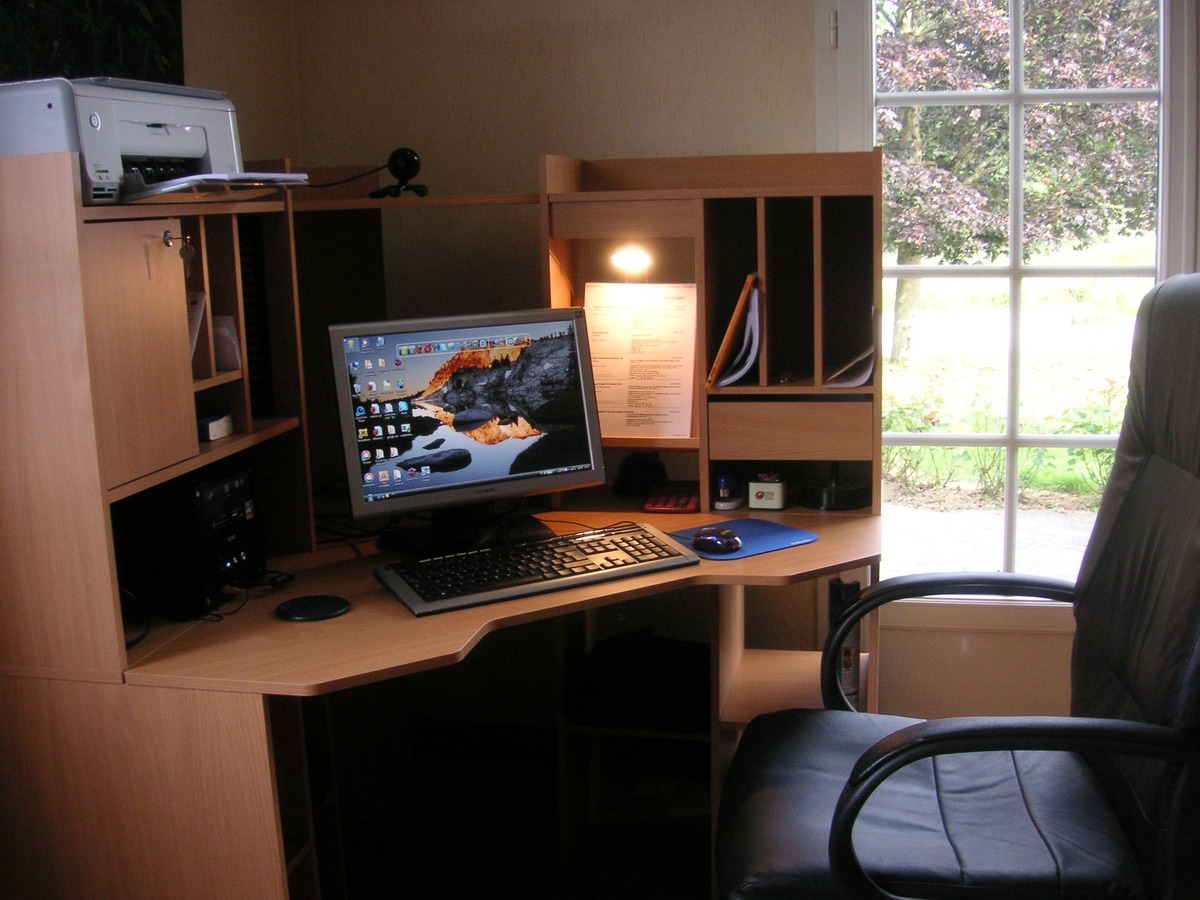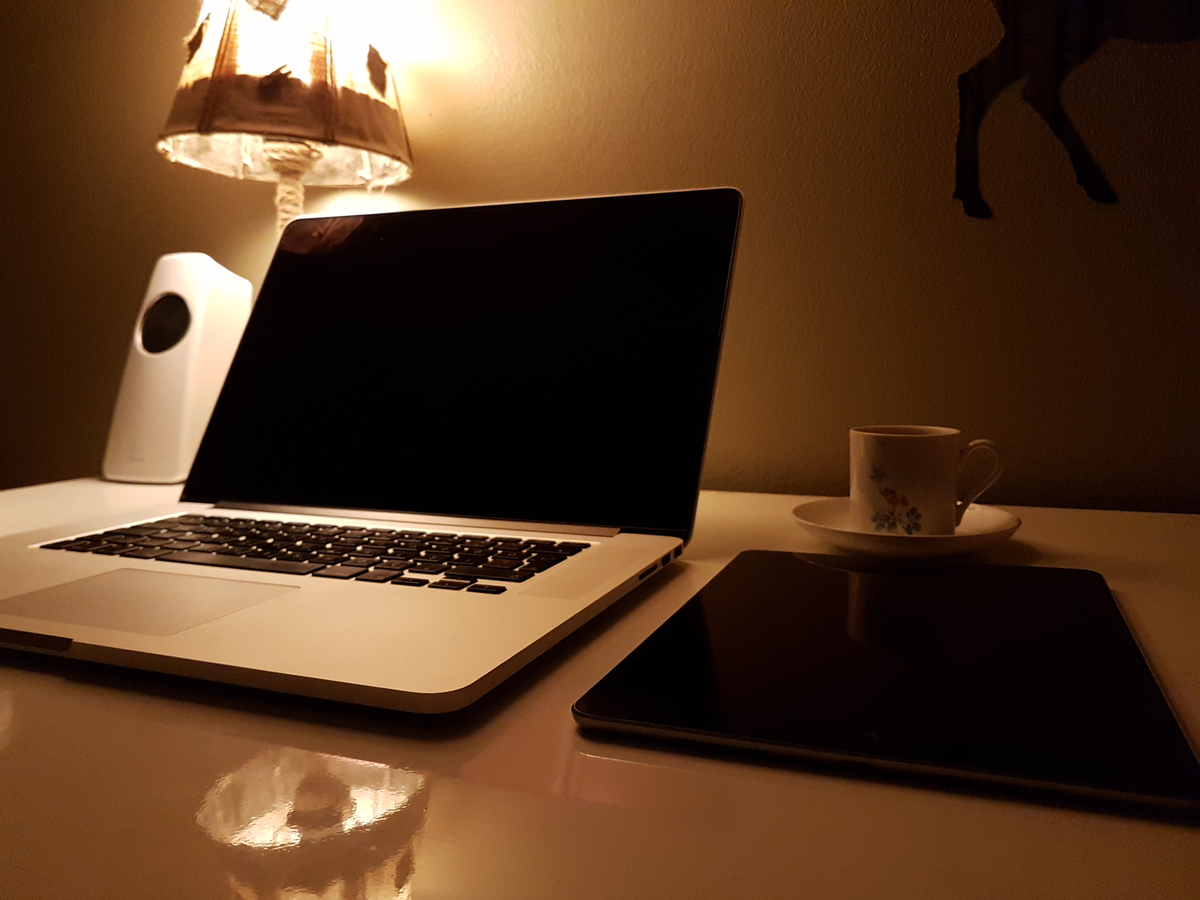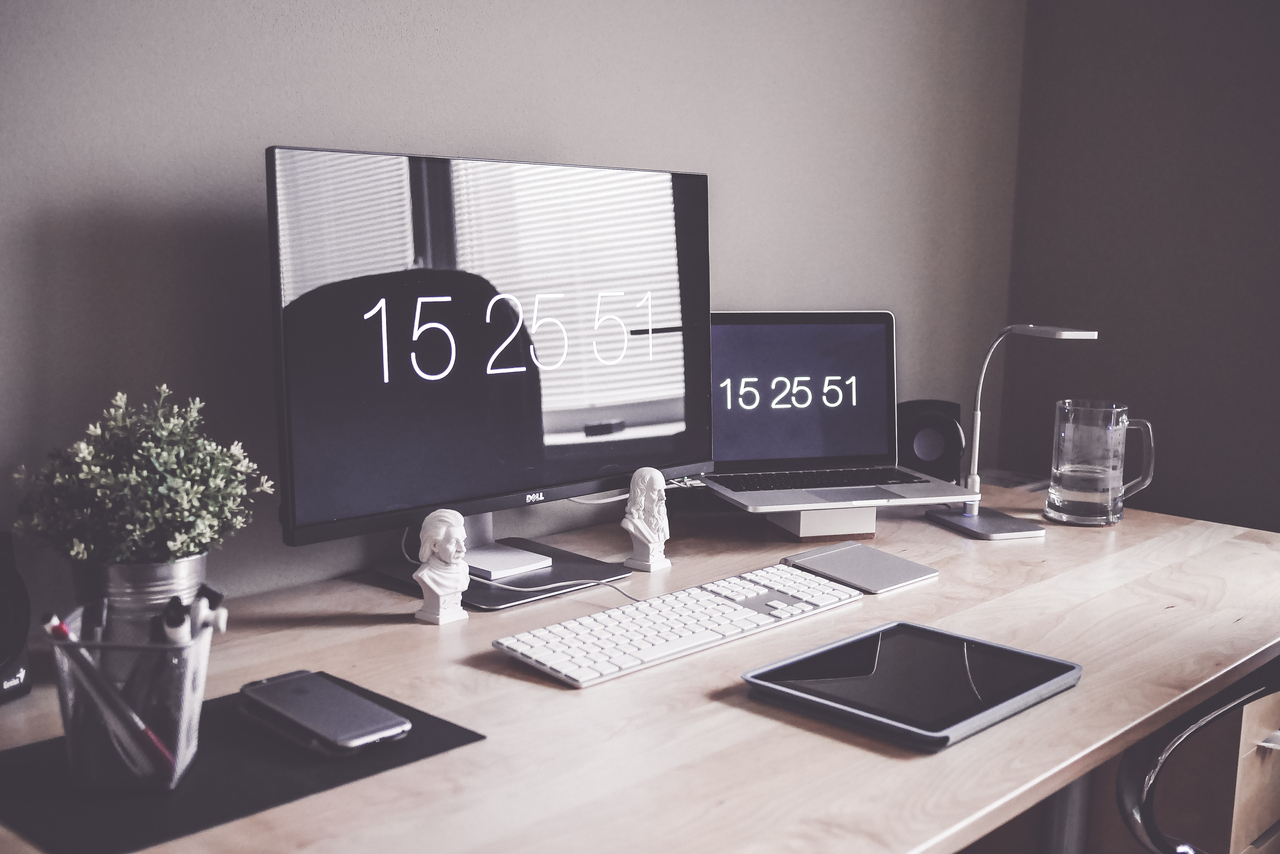Starting to use a computer for the first time can feel overwhelming, but it doesn’t have to be. By breaking it down into simple steps, anyone can learn how to navigate the digital world confidently. Whether you’re looking to stay connected with family, access online information, or manage daily tasks, mastering the basics of a computer is the first step. Here are 5 simple steps to get you started with a computer:
1. Turn On the Computer and Get Familiar with the Desktop
The first step is to power on your computer. Most computers will have a power button that you need to press and hold for a few seconds. Once it’s on, you’ll see the desktop – the main screen that appears when you log in.
The desktop is where your computer’s applications, files, and folders are displayed. You’ll likely see icons for programs like your internet browser (Google Chrome, Safari), email, and settings. Take a few minutes to explore these icons and understand what they represent.
2. Learn the Basics of the Mouse and Keyboard
The mouse and keyboard are your primary tools for interacting with the computer. Here’s a brief guide on how to use them:
- Mouse: Move the mouse on the table or mousepad to move the cursor (the arrow on the screen). Left-click to select items, right-click for additional options, and double-click to open programs or files.
- Keyboard: The keyboard is where you type. The most commonly used keys include the Enter key (used to select or confirm), the Backspace key (to delete), and the Shift key (used for capital letters and other special characters). Practice typing and become comfortable with the layout.
3. Open and Close Programs (Windows)
To get things done on your computer, you’ll need to open programs. In most operating systems (like Windows), you can open a program by double-clicking its icon on the desktop or by clicking the “Start” menu and selecting the program you want.
To close a program, look for the small “X” in the top right corner of the program window or use the Alt + F4 keyboard shortcut. This will close the program and return you to the desktop or previous screen.
4. Using the Internet (Web Browsing)
One of the most important skills to learn is how to browse the internet. To start, open your internet browser (Google Chrome, Microsoft Edge, Safari, etc.). In the address bar at the top, type in a website address like www.google.com and press Enter.
Google is a great place to start because you can search for anything you want to know. Just type a question or keyword into the search bar, and Google will show you a list of websites that can help.
- Links: When you see blue text or underlined words, you can click on them to open new pages.
- Tabs: Modern browsers allow you to open multiple websites at once. Click the “+” icon at the top of the window to open a new tab, or use the “Back” and “Forward” arrows to navigate between pages.
5. Saving and Organizing Files
When you download or create files, you’ll want to know how to save and organize them on your computer. Here’s how:
- Saving Files: When working on a document or file, click on “File” at the top of the program, then select “Save As” to choose where you want to store it. Most files are saved in the “Documents” folder by default, but you can create other folders to keep your files organized.
- Opening Files: To open a saved file, simply double-click the file icon in the folder where it’s stored. If you can’t find the file, use the Search function (the magnifying glass icon) on your computer to locate it.
Conclusion
These five simple steps will help you feel more confident using your computer. It may take time to become comfortable, but don’t rush — take it one step at a time. As you get used to navigating the computer, you’ll discover many more features and tools that will help you with everything from communication to entertainment and work. Remember, practice makes perfect!




